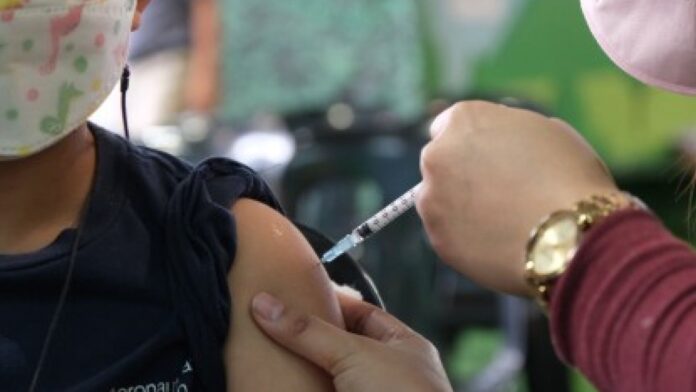Amid the projected increase in National Capital Region (NCR)’s Covid-19 cases this week, OCTA Research fellow Dr. Guido David said that there is no need to panic as the rise cannot be considered a surge yet.
“Tumataas ‘yung cases sa NCR… May 52 percent one-week growth rate. Ang seven-day average natin ay 342. So we expect na baka tumaas pa siya to maybe between 400 to 500 this week [The Covid-19 cases are increasing in NCR with a 52 percent one-week growth rate. Our seven-day average is 342. So we expect the cases to rise to maybe between 400 to 500 this week],” David said in the Laging Handa PH briefing.
On Monday, a total of 434 new cases were recorded in NCR while the positivity rate increased from 3.9 percent on June 18 to 5.9 percent on June 25.
As cases in NCR are expected to increase to 500 per day, David said this should not be a cause for worry.
“Pero hindi naman ito pa nakakabahala. Mababa pa ‘to kumpara sa mga nakaraan na surge. So again, tulad ng lagi nating sinasabi, patuloy na pag-iingat para sa mga kababayan natin [But this is not yet worrying. This is lower as compared to the previous surges. So again, just like what we always say, our fellow citizens should continue to take caution],” he said.
In an online media forum, Health Undersecretary Maria Rosario Vergeire said disease transmission rate is based on various factors, including vaccine effectiveness against the infection rate of vaccination, mobility, observance of minimum public health standards (MPHS) and isolation protocols, and entry of imported cases.
With reduced compliance with the MPHS, Vergeire projected about 17,000 cases per day.
“Based on the data of transmission rates, the number of cases continues to increase on the national level. Following the baseline scenario of 21 percent decline in our MPHS from February 14, we may reach 17,105 cases per day at the end of July,” Vergeire said.
If face-to-face classes in NCR increase to 90 percent by mid-August and there will be no new Covid-19 variant, Vergeire said that a slow rise in cases may be seen by mid-July with a low peak in mid-September when cases may reach 1,784 cases per day.
When asked about other regions with an increase in positivity rate, David added that Calabarzon’s positivity rate ranges between 5 to 7 percent.
“Again, hindi pa naman ito lumalagpas ng 10 percent, except for some areas na medyo konti lang ‘yung testing. So patuloy na mino-monitor natin ito [Again, this doesn’t exceed 10 percent yet, except for some areas with only a few (Covid-19) testing. So we continue to monitor this,” he said.
David added that the spikes in cases in the United Kingdom, France, Portugal, and South Africa are caused by highly transmissible Covid-19 Omicron sub-variants BA.4 and BA.5.
Photo Credit: Philippine News Agency


